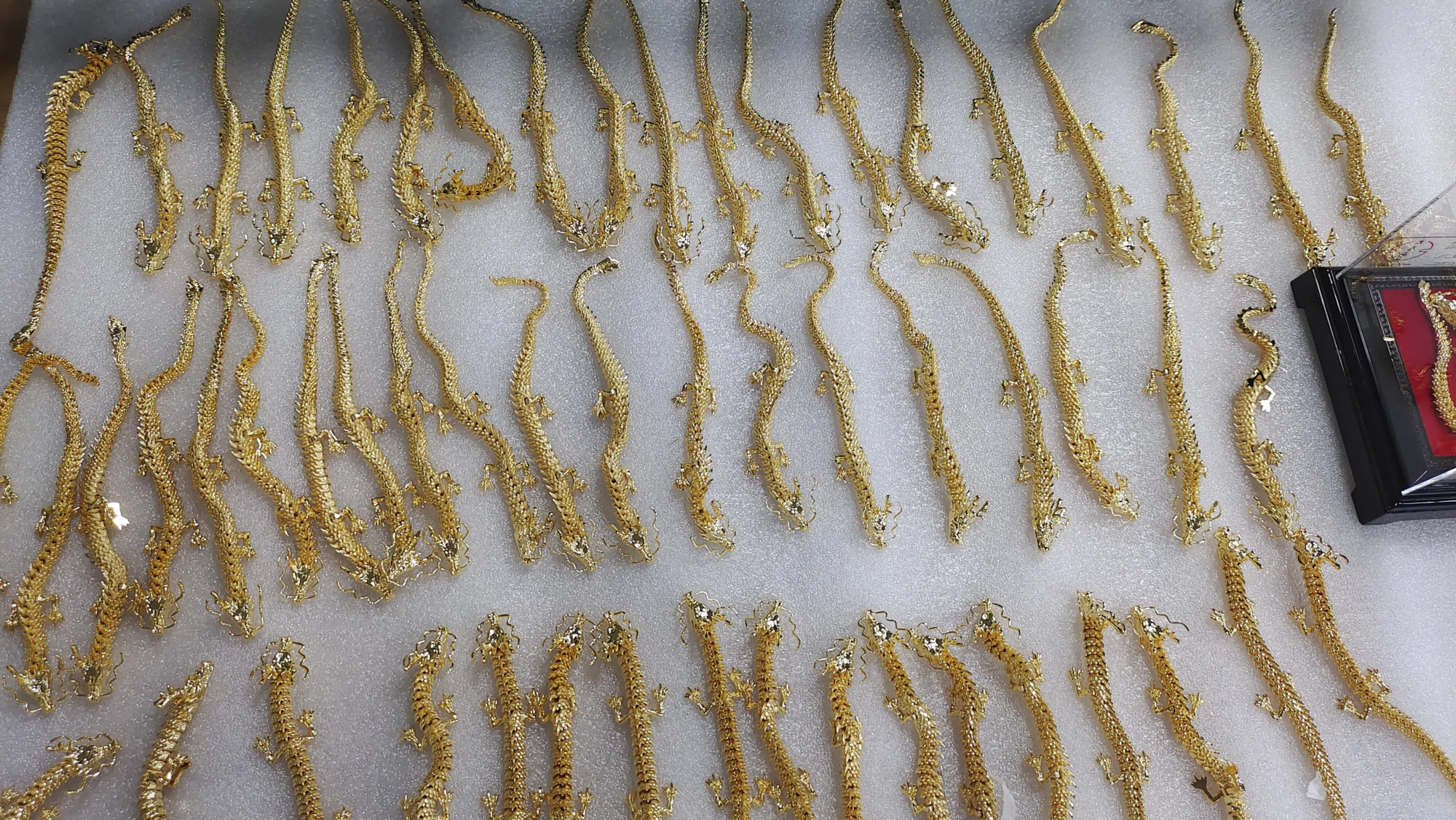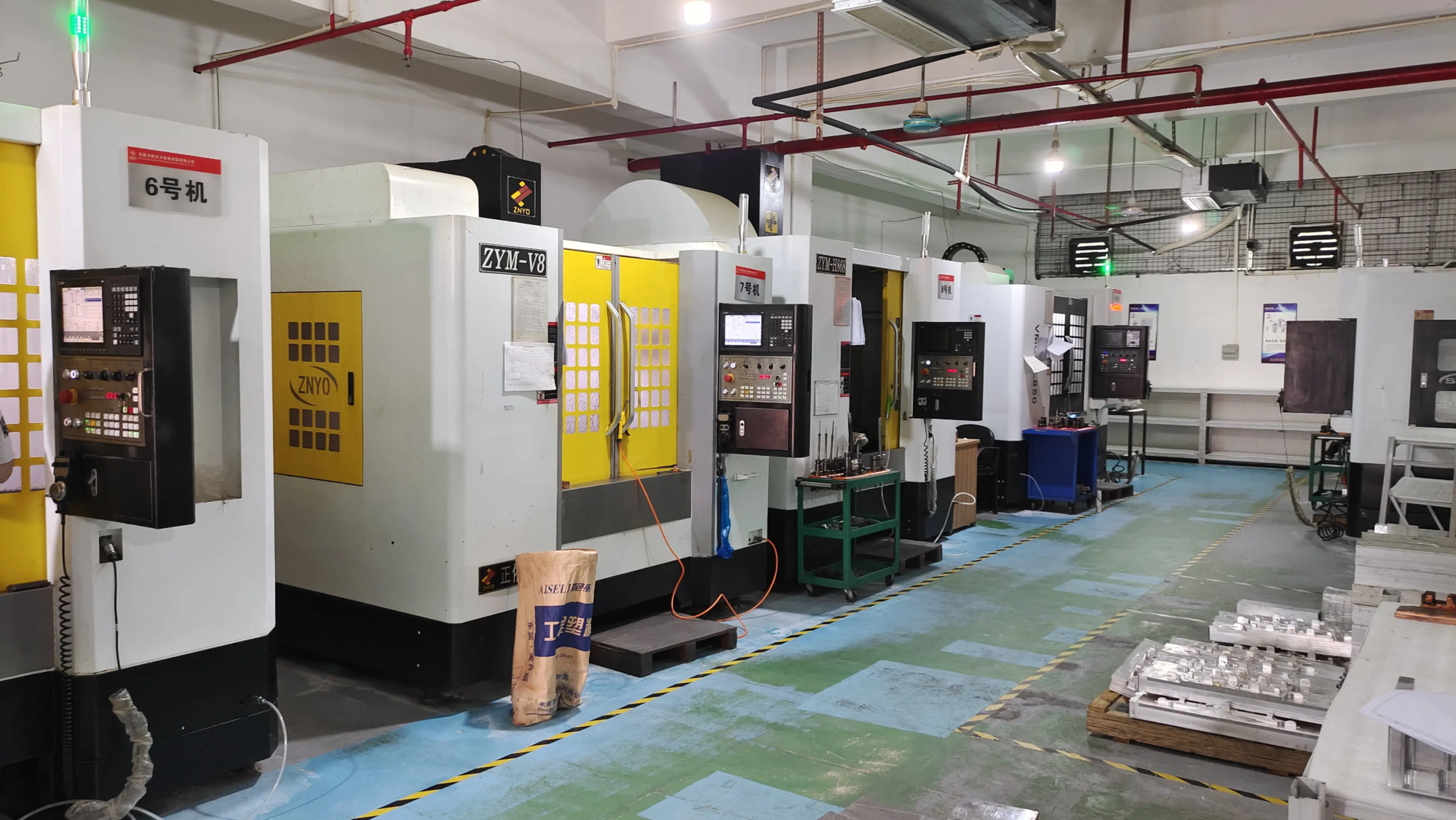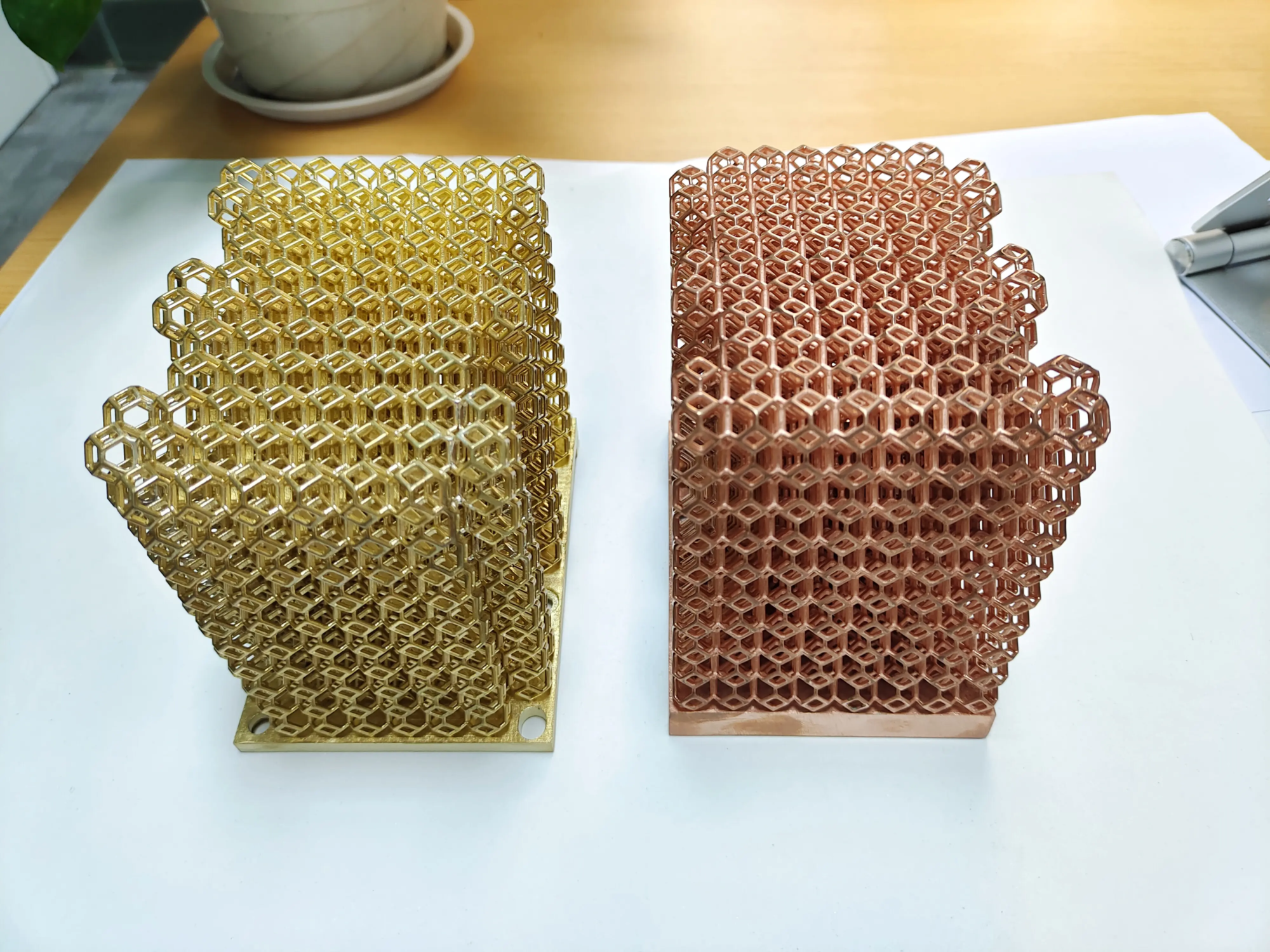Unleash your in-house manufacturer: The final guide to building a 3D printed slingshot
Slingshots have evolved from simple backyard toys to precise tools for enthusiasts and outdoor enthusiasts. With 3D printing, you can design and create fully custom slingshots for grip, style and performance needs. At Greatlight, we specialize in converting digital blueprints into powerful functional prototypes – today we will guide you in creating your own 3D printed slingshot. Whether you are a manufacturer or a fast prototype enthusiast, the project combines creativity with engineering.
Why 3D printing slingshots?
3D printing democratizes customization. Traditional slingshots limit you to ready-made designs, but with additive manufacturing, you can adjust the frame’s geometry, weight distribution, and ergonomics in CAD software. Need a wider fork to provide heavy bands? More like a simple outline? Everything is possible. Plus, phased printing allows you to iterate quickly – test prototypes, perfect and reprint within hours.
Step 1: Design like a professional
The performance of the slingshot depends on the intelligent design:
- Structural integrity: Focus on frame thickness (minimum 6-8 mm) and circular edges to prevent stress cracks.
- Ergonomics: Use a Fusion 360 or Tinkercad (Tinkercad) (e.g., finger grooves or contour handles).
- Band attachment: Integrated secure anchor points (for example, knotted or fixture holes).
- Printing direction: Align parallel to stress points (e.g. along wishbones) to achieve maximum strength.
hint: If design is not your expertise, platforms like Thingiverse offer open source templates. Modify them to CAD before printing.
Step 2: Materials and Tools
- Thin silk: PETG (excellent for impact resistance) or tough PLA. Avoid crisp resin.
- Elastic belt: Latex tube (0.7-1.0 mm thickness) or prefabricated flat tape.
- pouch: Leather or synthetic fabric (size: 30x40mm).
- hardware: M4 screws/fin nuts with fixtures (optional).
- tool: 3D printer, needle pliers, sandpaper (150-400 sandpaper), safety glasses.
Step 3: Print Durability Settings
Use these parameters for professional-level results:
- Layer height: 0.2 mm for details; 0.3 mm printing speed.
- filling: 30–40% hexagonal mode (balance strength and weight).
- wall: 4–6 pressure-resistant circumferences.
- temperature: Follow filament specifications (e.g., PETG at 230–240°C).
- support: only for dramatic overhangs (solubleness supports minimal cleaning).
Greglight Insight: For ultra-stable metal slingshots, our SLM printers use aviation alloys such as ALSI10MG. Post-treatment (polishing, anodizing) increases corrosion resistance.
Step 4: Post-processing and assembly
- Clean up: Remove the support, rough edges of sand and fill the gap with epoxy putty.
- Additional belt:
- Rooting Method: The wire belt passing through the fork hole is fixed with double knots.
- Fixture method: Use the sandwich strap between the printed parts (more adjustable).
- Add to small bags: Punch holes with leather, the circulation belt is firmly and firmly tied.
First of all, safe!
- Be sure to wear ANSI-grade safety glasses when testing or shooting.
- Before each use, check if the slingshot needs a crack.
- Use soft targets away from humans/animals (e.g. cardboard).
- Never go beyond the design limits of frames.
Testing and calibration
Your first version is the prototype – Critical Test:
- Check the frame bending under tension.
- Adjust band length: shorten to increase speed and extend to smoothly draw.
- Adjust the size of the pouch for the stability of the projectile.
in conclusion
Building a 3D printed slingshot combines traditional craftsmanship with cutting-edge technology. This proves the power of rapid prototyping – enabling rapid iteration, personalized ergonomics and accessible innovations. At Greatlight, we further push these principles to provide industrial grade metal 3D printing to customers who require extreme durability or complex geometry. Whether you are printing at home or looking for professional-grade solutions, the journey from digital design to functional tools is where creativity thrive. Ready to enlarge your project? Our one-stop service handles everything from prototype to post-processing to bring your high-performance design to life.
FAQ
Question 1: Can I print a slingshot with a budget 3D printer?
Absolutely! Entry-level FDM printers handle PLA/PETG. Prioritize vigilant layer adhesion checks and avoid silk/shiny filaments (they are weaker).
Q2: What is the safest thin filament for a slingshot?
PETG leads the impact. For higher stress points (e.g., clamping screws), consider using carbon fiber reinforced nylon or metal wired.
Q3: How to strengthen a fragile framework?
Three technologies:
- Annealed the PETG parts by baking at 90°C for 30 minutes.
- Seal stress points with cyanoacrylate glue.
- If your design allows, embed the metal rod into the mold slot.
Q4: Why choose metal 3D printing as a slingshot?
Metals (such as titanium or aluminum) offer unparalleled durability and allow for complex lightweight rosary. Greglight’s SLM printers do well here – ideal for custom tactical or industrial design.
Q5: How long will the 3D printed slingshot last?
Use of PETG and medium-use, expect to develop fatigue 6-12 months before. For longevity, switch the band every 3 months and check the frames for microcracks every week.
Transform your ideas into tangible victory – start printing and stay safe and fearlessly innovative. We are here to solve your toughest prototype challenges with precision and speed. 🚀





